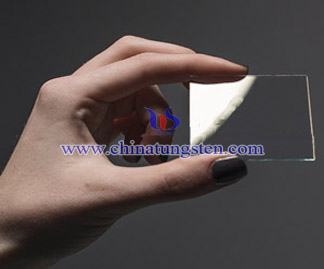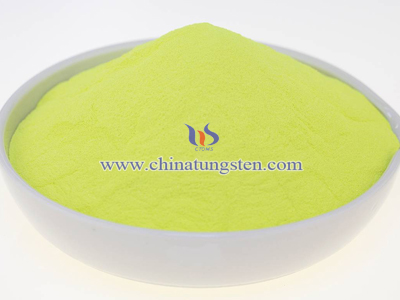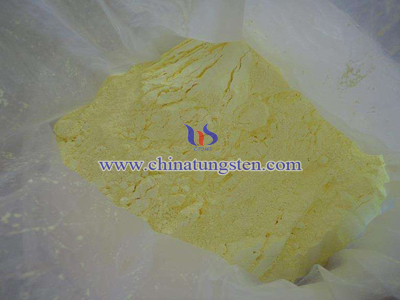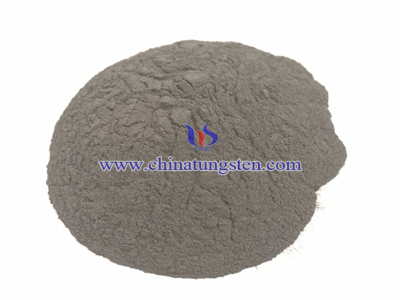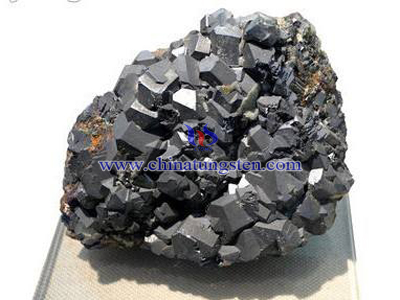Tungsten Oxide Thin Film
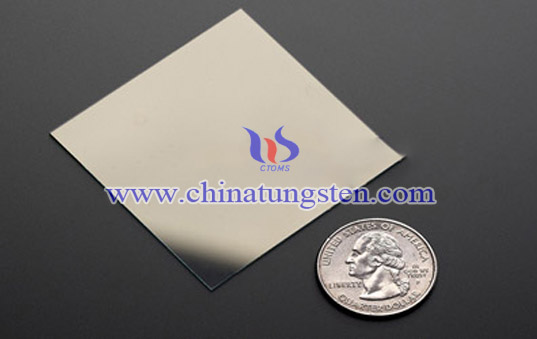
Thin film material has optical properties, electrical properties, magnetic properties, chemical properties, mechanical properties, thermal properties, it is widely applied in many fields, such as using as electrical thin film, optical thin film, hard film, corrosion resistance film, lubricant film, decorating film and packing film. Among which tungsten oxide thin film has many properties like electrochromism, photochromism, gasochromism. Tungsten oxide thin film is applied as smart window, gas sensor and PH meter. Tungsten oxide thin film material has been studied since 1960s, especially the research in electrochromism, photochromism, gasochromism and has achieved great success.
Nowadays more and more scientists focus on the study of gas sensitivity of tungsten oxide thin film. It has great application potential in hydrogen sensitivity. When doped tungsten oxide thin film gets contact with hydrogen, it turns from colorless to blue. Scientists are still making research on these changes. Also tungsten oxide thin film has the potential using as gas sensor material, not only for hydrogen, but also for other sensitive gas such as NH4、NO2、H2S、O3、O2 after doped with Au, Pt, Pb, Ag, Mo3 and so on.
Methods for producing tungsten oxide thin film include: evaporation method, sputtering method, sol-gel method, electron evaporating method, chemical vapor deposition method, thermal spray deposition method, electrochemical deposition method, etc. Most of these methods require complex technique, so it is still under research. Sputtering method and evaporation method are more stable, convenience, fast, the obtained thin film is even. Sol-gel method is less complicated, it’s of low cost which can be synthesized under low temperature, high chemical uniformity (the doped material is spread even in thin film),shape of thin film material is diversity. So evaporation method, sputtering method and sol-gel method are used widely.

